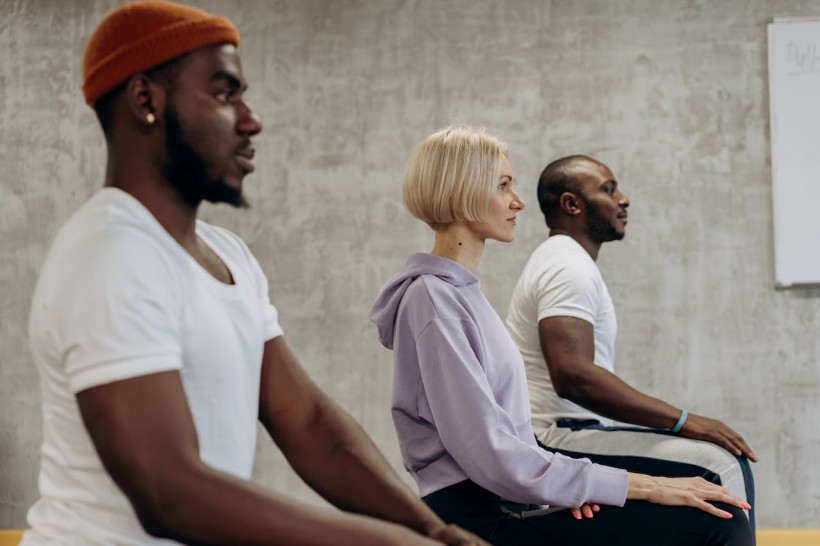The lungs are important organs of the respiratory system, which allow for the exchange of oxygen and carbon dioxide. Age, smoking, and pollution can cause the lungs to work less efficiently. There are also health problems like asthma and chronic obstructive pulmonary disease (COPD) that can restrict lung capacity.

Lung capacity refers to the total amount of air that a person's lungs can hold. It changes with age and height, so there is no one normal number for lung capacity. According to pulmonologist Dr. Andrew Martin of the Deborah Heart and Lung Center in New Jersey, normal lung capacity should be enough to bring oxygen to the blood and remove carbon dioxide.
The air the lungs can contain differs from person to person. A person should be able to increase their breathing enough so that they will only be using about 70% of their maximum voluntary ventilation.
Over time, our lung capacity and function can decrease slowly, leading to difficulty breathing and shortness of breath. Fortunately, some exercises can help maintain lung capacity and make it easier to keep them healthy.
1. Belly Breathing
Belly breathing is a form of exercise that uses the diaphragm, a thin muscle that separates the abdomen from the chest. Also known as diaphragmatic breathing, this exercise fully engages the abdominal muscles in the stomach and diaphragm in purposeful breathing. For each inward breath, the diaphragm is pulled down with conscious force.
Belly breathing exercises train the lungs to fill more efficiently. As the diaphragm muscles are lowered when we breathe in, we get a much deeper inhale. This technique is used by professional opera singers who need to increase their lung capacity naturally.
2. Cardiovascular Exercises
Cardiovascular exercises such as aerobics help increase lung capacity by making the huge muscle groups move at rhythmic speed. As a full-body workout, cardiovascular exercises strengthen the lungs and heart and help improve overall endurance. By training the heart and lungs, the body can use oxygen much more efficiently with enhanced breathing.
READ ALSO: Regular Exercise During Pregnancy Helps Infants Develop Stronger Lungs, Prevents Asthma
3. Pursed-lips Breathing
Pursed-lip breathing helps increase lung capacity and by keeping the airways open for longer. Since this exercise facilitates airflow into and out of the lungs, it makes it easier for them to function with improved oxygen and carbon dioxide exchange.
This breathing exercise is often easier for beginners than diaphragmatic breathing. Pursed lip breathing may have particular benefits for those who are not very physically active and may not be exercising their breathing muscles frequently.
4. Workout in Higher Elevations
In higher altitudes, the oxygen content levels are much less, so working out in those areas is an excellent way to push the lungs and increase their overall capacity. Since this type of exercise can be dangerous, it is best to start and build tolerance to the higher elevations slowly. It is also recommended to give your body some time to acclimatize to the high altitudes properly. Unsupervised workouts in these places can increase the risk of altitude sickness, so it might be good to do it with a friend or a qualified instructor.
RELATED ARTICLE: How Does Lung Immunity Work? Study Identifies Each Cell That Builds Respiratory Immune Response
Check out more news and information on Lungs in Science Times.



![Earth's Quasi-Moon Kamo‘oalewa Could Originate From Lunar Surface Not Asteroid Belt [Study]](https://1721181113.rsc.cdn77.org/data/thumbs/full/53275/89/56/50/40/earths-quasi-moon-kamo-oalewa-could-originate-from-lunar-surface-not-asteroid-belt-study.png)










